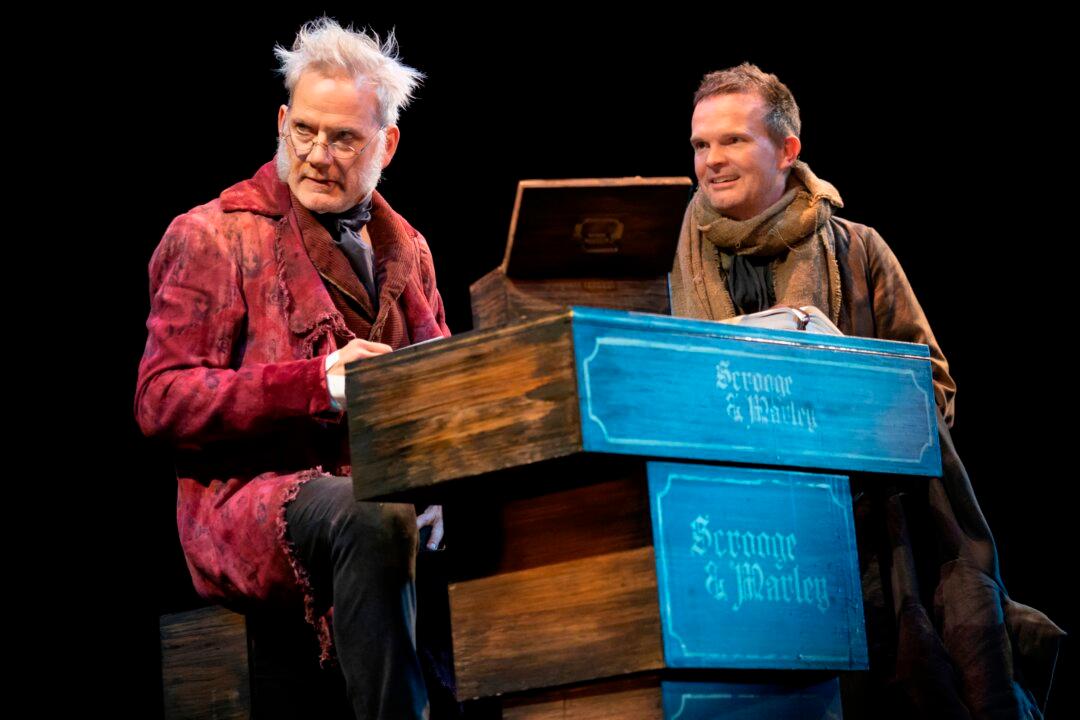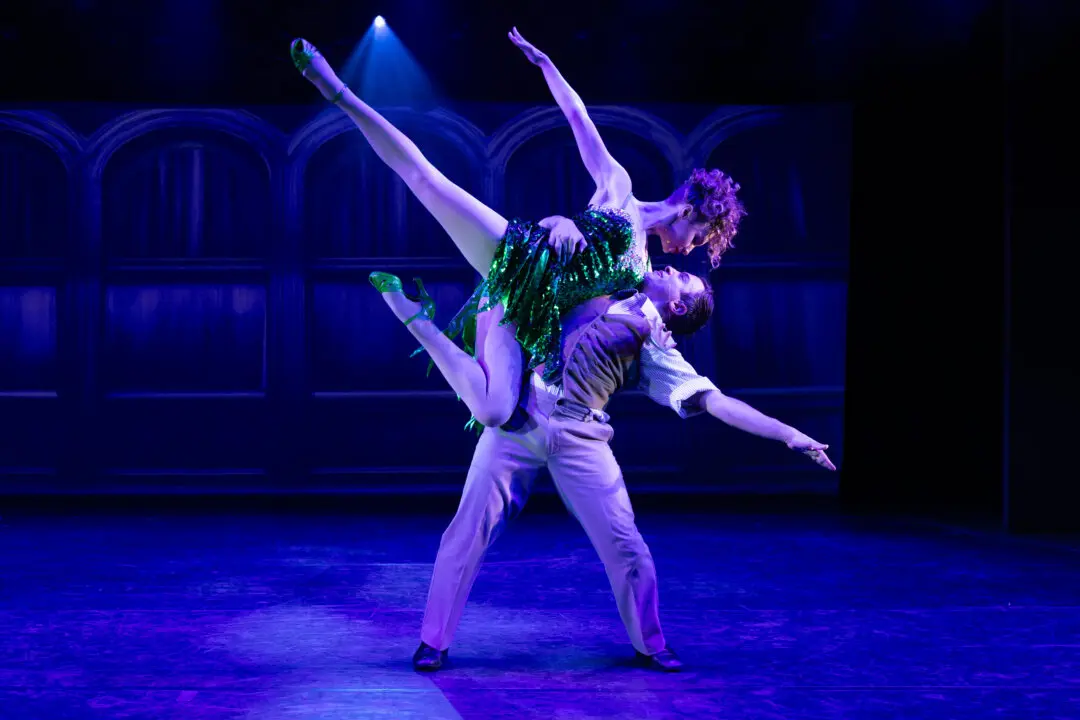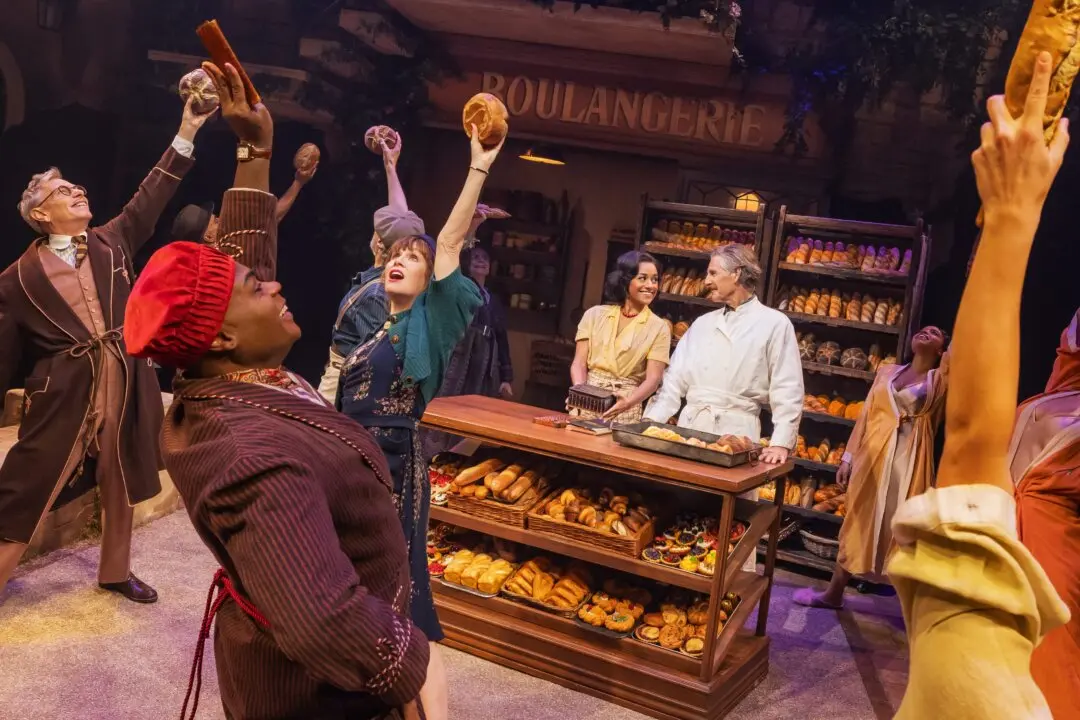NEW YORK—People love the idea of second chances, which goes a long way in explaining the staying power of Charles Dickens’s 1843 novella, “A Christmas Carol,” quite possibly the ultimate tale of redemption.
Newly arrived to these shores is Jack Thorne’s stage adaptation of this timeless classic, nicely directed by Matthew Warchus. First seen on the London stage in 2017, the play is now dispensing holiday cheer, a moral lesson or two, and the occasional spine-tingling chill at Broadway’s Lyceum Theatre.





